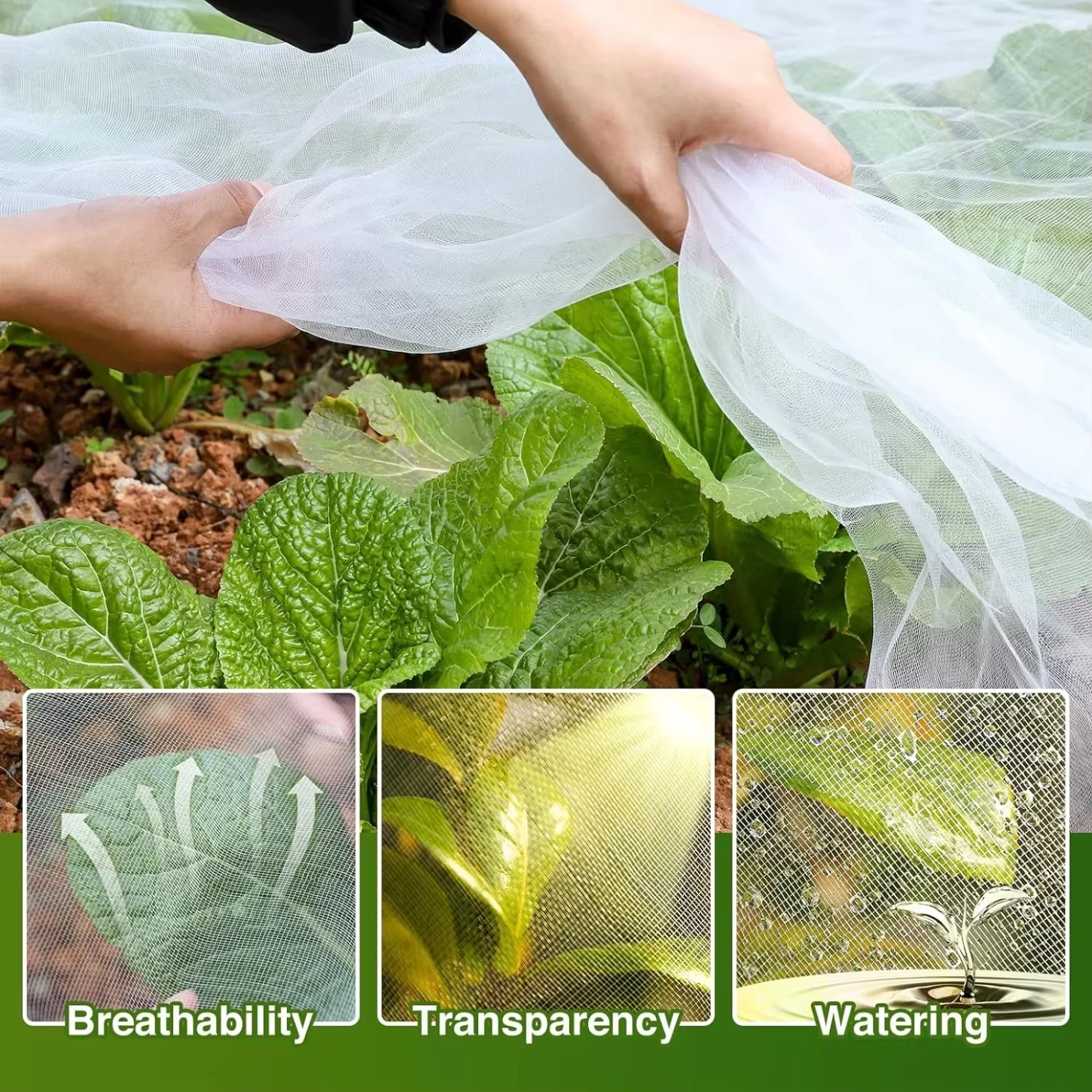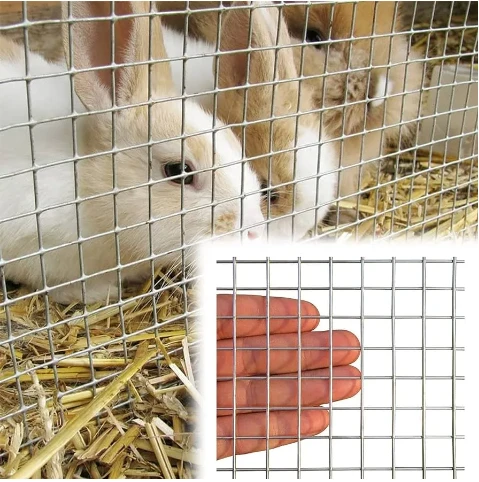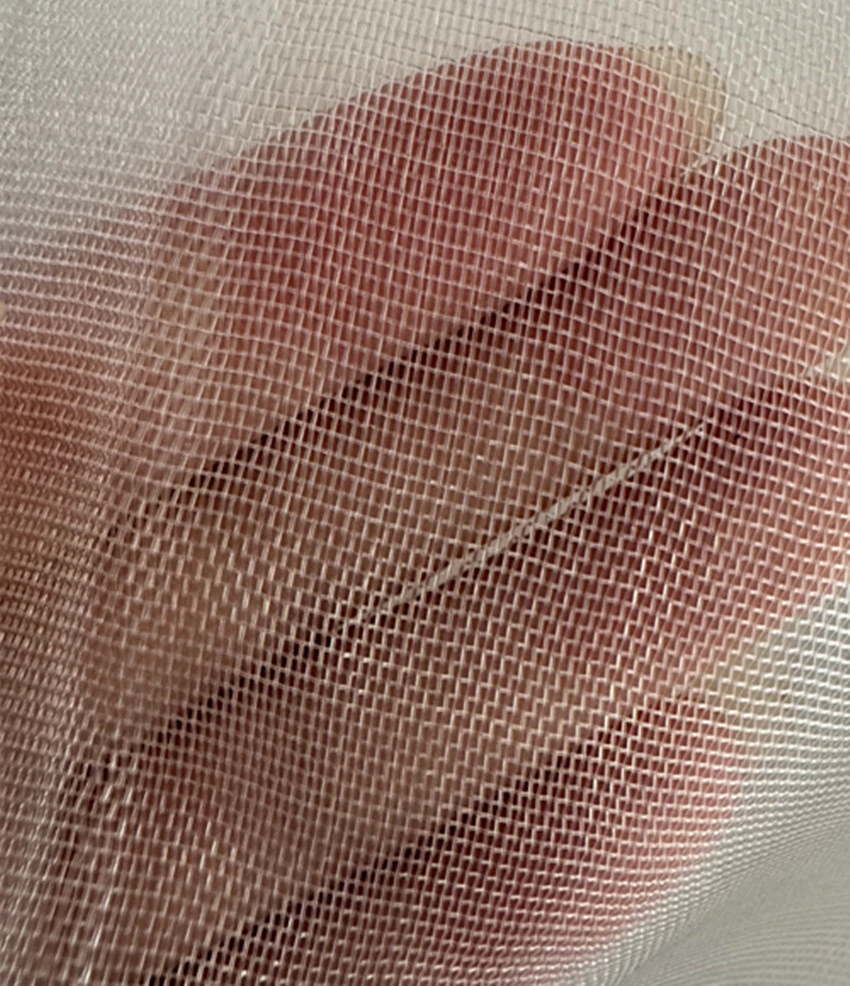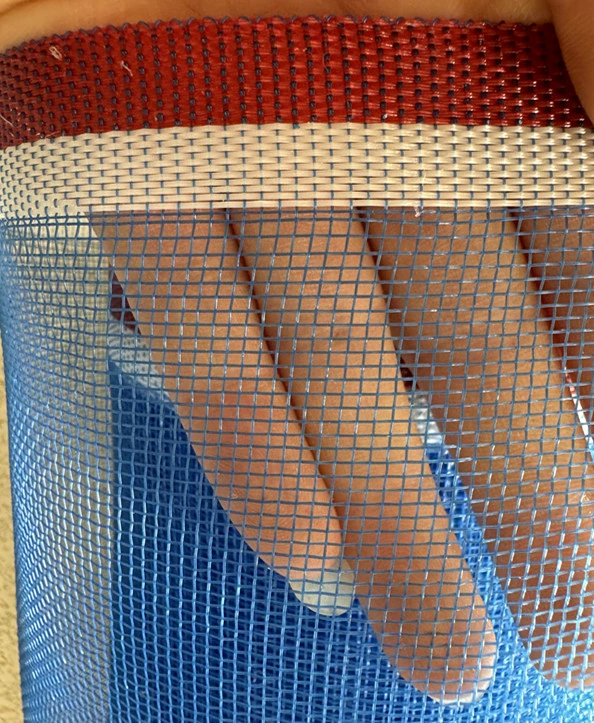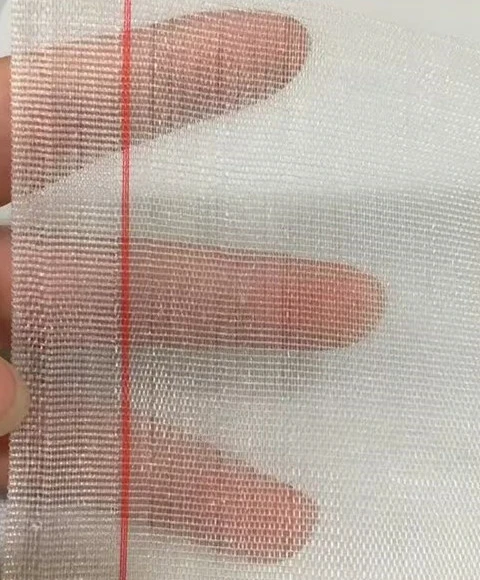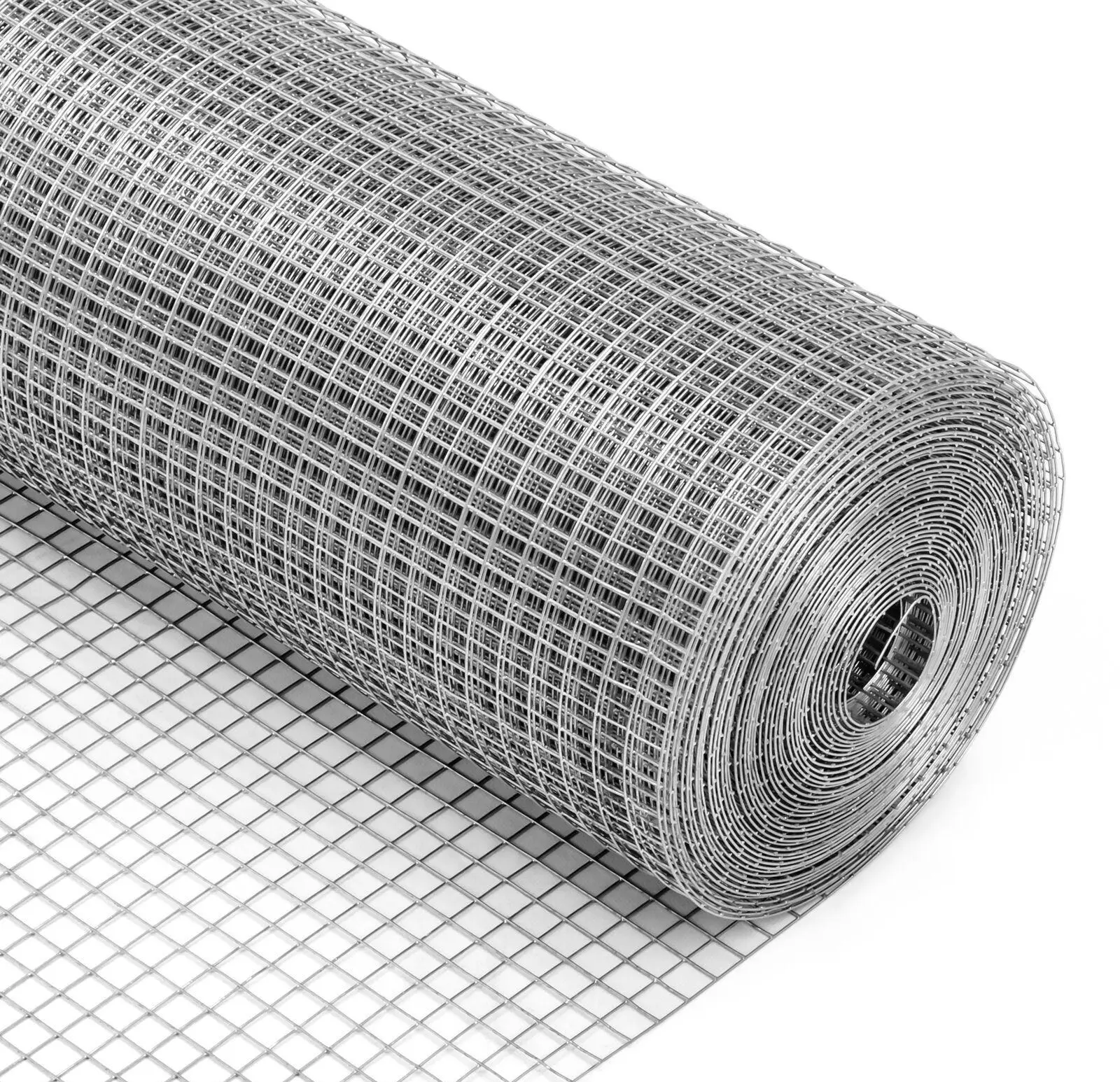-
 Afrikaans
Afrikaans -
 Albanian
Albanian -
 Amharic
Amharic -
 Arabic
Arabic -
 Armenian
Armenian -
 Azerbaijani
Azerbaijani -
 Basque
Basque -
 Belarusian
Belarusian -
 Bengali
Bengali -
 Bosnian
Bosnian -
 Bulgarian
Bulgarian -
 Catalan
Catalan -
 Cebuano
Cebuano -
 China
China -
 Corsican
Corsican -
 Croatian
Croatian -
 Czech
Czech -
 Danish
Danish -
 Dutch
Dutch -
 English
English -
 Esperanto
Esperanto -
 Estonian
Estonian -
 Finnish
Finnish -
 French
French -
 Frisian
Frisian -
 Galician
Galician -
 Georgian
Georgian -
 German
German -
 Greek
Greek -
 Gujarati
Gujarati -
 Haitian Creole
Haitian Creole -
 hausa
hausa -
 hawaiian
hawaiian -
 Hebrew
Hebrew -
 Hindi
Hindi -
 Miao
Miao -
 Hungarian
Hungarian -
 Icelandic
Icelandic -
 igbo
igbo -
 Indonesian
Indonesian -
 irish
irish -
 Italian
Italian -
 Japanese
Japanese -
 Javanese
Javanese -
 Kannada
Kannada -
 kazakh
kazakh -
 Khmer
Khmer -
 Rwandese
Rwandese -
 Korean
Korean -
 Kurdish
Kurdish -
 Kyrgyz
Kyrgyz -
 Lao
Lao -
 Latin
Latin -
 Latvian
Latvian -
 Lithuanian
Lithuanian -
 Luxembourgish
Luxembourgish -
 Macedonian
Macedonian -
 Malgashi
Malgashi -
 Malay
Malay -
 Malayalam
Malayalam -
 Maltese
Maltese -
 Maori
Maori -
 Marathi
Marathi -
 Mongolian
Mongolian -
 Myanmar
Myanmar -
 Nepali
Nepali -
 Norwegian
Norwegian -
 Norwegian
Norwegian -
 Occitan
Occitan -
 Pashto
Pashto -
 Persian
Persian -
 Polish
Polish -
 Portuguese
Portuguese -
 Punjabi
Punjabi -
 Romanian
Romanian -
 Russian
Russian -
 Samoan
Samoan -
 Scottish Gaelic
Scottish Gaelic -
 Serbian
Serbian -
 Sesotho
Sesotho -
 Shona
Shona -
 Sindhi
Sindhi -
 Sinhala
Sinhala -
 Slovak
Slovak -
 Slovenian
Slovenian -
 Somali
Somali -
 Spanish
Spanish -
 Sundanese
Sundanese -
 Swahili
Swahili -
 Swedish
Swedish -
 Tagalog
Tagalog -
 Tajik
Tajik -
 Tamil
Tamil -
 Tatar
Tatar -
 Telugu
Telugu -
 Thai
Thai -
 Turkish
Turkish -
 Turkmen
Turkmen -
 Ukrainian
Ukrainian -
 Urdu
Urdu -
 Uighur
Uighur -
 Uzbek
Uzbek -
 Vietnamese
Vietnamese -
 Welsh
Welsh -
 Bantu
Bantu -
 Yiddish
Yiddish -
 Yoruba
Yoruba -
 Zulu
Zulu
stainless steel wire cloth mesh
Understanding Stainless Steel Wire Cloth Mesh Utilization and Benefits
Stainless steel wire cloth mesh is an essential material widely used across various industries due to its remarkable properties and versatility. Composed predominantly of stainless steel, this mesh is characterized by its excellent corrosion resistance, high tensile strength, and superior durability. These attributes make it an ideal choice for applications ranging from filtration and separation to architectural and decorative purposes.
Composition and Manufacturing
Stainless steel wire cloth mesh is typically made from alloys of stainless steel, including a combination of chromium, nickel, and iron, which impart its corrosion-resistant qualities. The manufacturing process involves weaving stainless steel wires into a net-like structure, with openings or “pores” that can vary in size depending on the intended application. The wire gauges and mesh count can also be customized, allowing for precise control over the mesh's characteristics.
The weaving techniques can be categorized into different types plain weave, twill weave, and Dutch weave. Each of these methods results in unique mesh properties, such as strength, weave tightness, and the size of the openings. For instance, a plain weave is commonly used for general applications, while a Dutch weave is more suitable for filtration tasks due to its finer openings and greater thickness.
Applications
The applications of stainless steel wire cloth mesh are incredibly diverse
1. Filtration and Separation One of the most significant uses of stainless steel mesh is in filtration processes. It is used in various industries, including water treatment, food processing, pharmaceuticals, and petrochemicals. Its fine mesh can trap contaminants and particles while allowing liquids or gases to pass through, ensuring purity and quality.
2. Screening In construction and mining, stainless steel wire mesh is utilized for screening materials. It helps separate different size particles and is often used in aggregate and mineral processing applications.
3. Decoration and Architecture Beyond its functional utility, stainless steel wire cloth mesh also plays a role in architecture and design. It is used in railings, ceilings, and exterior facades to create visually appealing patterns while providing safety and structural support.
stainless steel wire cloth mesh
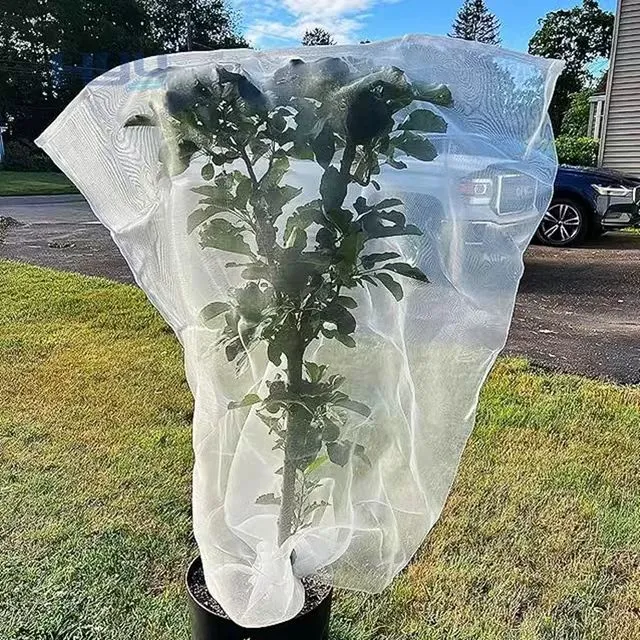
4. Security Due to its strength, stainless steel mesh serves as a security barrier for windows, doors, and vents, protecting properties from intruders while allowing airflow and visibility.
Advantages
The benefits of using stainless steel wire cloth mesh are numerous
- Corrosion Resistance As the name suggests, stainless steel wire mesh resists oxidation and rust, making it perfect for outdoor use and harsh environments. - High Strength and Durability The tensile strength of stainless steel ensures that the mesh can withstand significant stress and strain, thus prolonging its service life.
- Temperature Resistance Stainless steel retains its properties even at elevated temperatures, making it suitable for high-temperature applications.
- Easy Maintenance Cleaning stainless steel mesh is straightforward, as it can be washed with water and mild detergents. Its non-reactive surface also ensures that it doesn’t harbor unwanted bacteria or contaminants.
- Aesthetic Appeal For architectural applications, stainless steel wire mesh provides a modern look that complements various design styles.
In conclusion, stainless steel wire cloth mesh is a multifaceted material with extensive applications across numerous sectors. Its unique combination of strength, durability, and aesthetic appeal makes it a valuable choice for industries ranging from construction to food processing. As technology advances, the possibilities for stainless steel mesh applications will likely continue to expand, reinforcing its position in the marketplace as an essential material.
-
The Sunshade Net Can Block Ultraviolet RaysNewsAug.11,2025
-
Main Application and Technology of Nylon ScreenNewsAug.11,2025
-
Green Anti UV Sunshade Net: The Perfect Combination of Ecological Friendliness and Practical PerformanceNewsAug.11,2025
-
Explore the Sunshade NetNewsAug.11,2025
-
Application and Development of Nylon Screen in Fuel Processing and TreatmentNewsAug.11,2025
-
Application and Advantages of Nylon Screen for AquacultureNewsAug.11,2025





